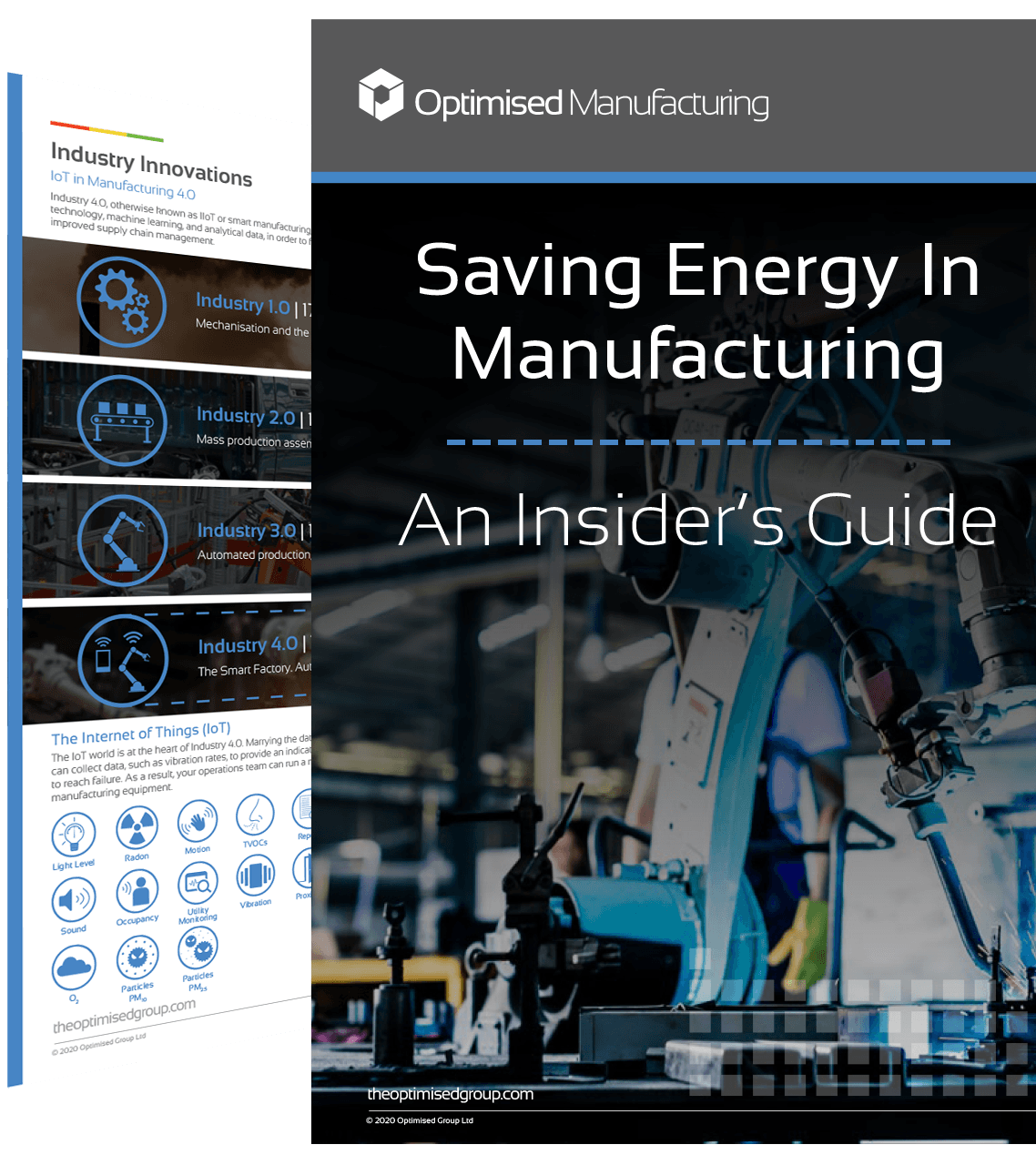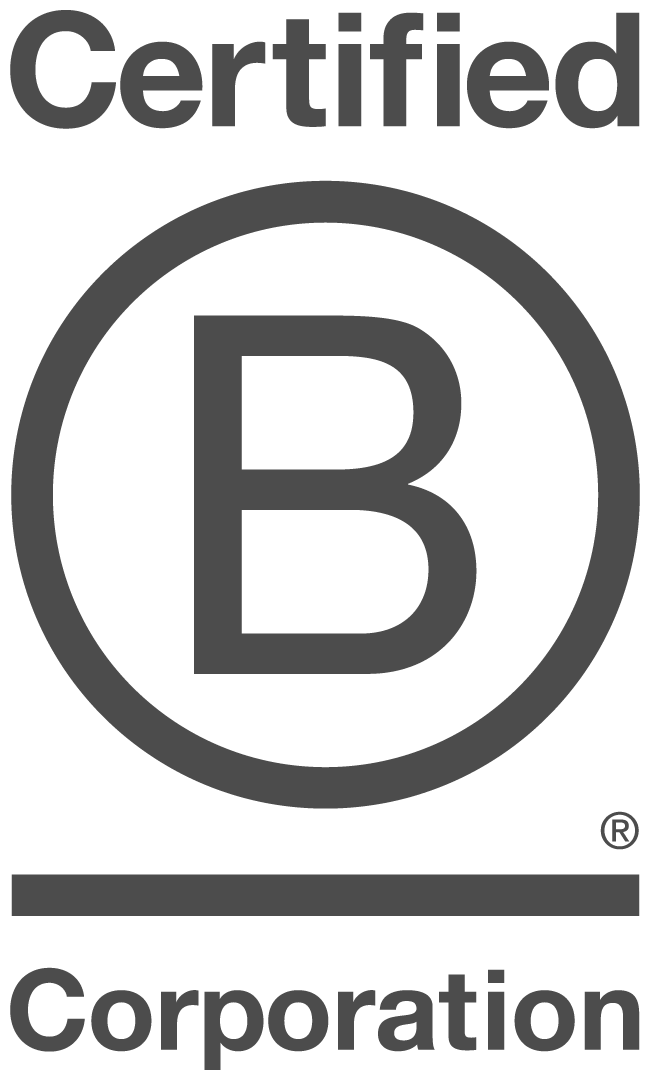Long Term Energy Saving Solutions In Manufacturing
Quick fix solutions will only get you so far in generating energy savings. If you're looking to make real mileage in making your manufacturing facility more energy efficient, and closer to Net Zero, then here are the long-term solutions you need to know.

HOW CAN YOU MAKE THE MOST OUT OF YOUR WORKSHOP?
Discover inside knowledge on energy efficient manufacturing practice, and how to get ahead of the game, for Industry 4.0.
Contact Us
BOOK YOUR 30-MINUTE ENERGY MANAGEMENT CONSULTATION
Fill in your details below to arrange a complimentary consultation with one of our experts. They will give you bespoke advice to help your business achieve all its energy needs, reducing cost, consumption and carbon.










